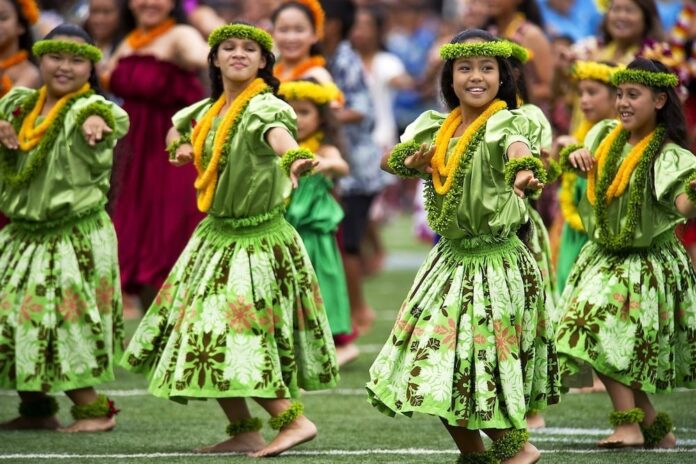Hypertension, or chronic high blood pressure, is a serious public health concern in the USA, affecting 25 % of the adult population. Native Hawaiians and other Pacific Islanders (NHPI) bear an unequal burden of hypertension and its consequences. Compared to Whites, they are 70% more likely to have hypertension, three and four times more likely to have CHD and stroke, respectively, and develop these diseases a decade sooner on average [3–5]. NHPI are also less likely to receive adequate hypertension treatment than Whites, leading to a greater risk of CHD and stroke (Aluli NE, Nakagawa K).
Western medical and behavioral approaches to hypertension management may not be as attractive to many NHPI than those that also include culturally relevant strategies, such as exercise programs based on their own cultural norms, and are sensitive to their cultural values and preferred modes of living (Look M). Previous studies of NHPI found that they prefer traditional Pacific approaches to healing and treatment modalities that account for their unique spiritual and cultural values and delivered within a familiar community setting (Maskarinec GG).
Many NHPI also have a distrust toward Western medicine that make them reluctant to participate in medical-focused health promotion programs (Kaholokula JK). Thus, hypertension interventions based on culturally meaningful health promotion strategies could lead to more NHPI participating in such interventions and lead to sustainable behavior change because of greater relevance to their lived cultural context. Given the higher risk of CHD and stroke in NHPI than other ethnic groups, and at younger ages, it is imperative that alternative and innovative strategies to hypertension management be developed and tested.
Despite the benefits of physical activity, many NHPI find it difficult to engage in regular physical activity because of socioeconomic barriers.
Previous studies find that NHPI desire culturally relevant physical activity programs that are consistent with their ethno-cultural values, such as group-based activities that foster a mind-body connection (Look M).
Hula was found to achieve the METs expected of a moderate (5.7) to vigorous intensity (7.6) exercise and thus hypothesized to have benefits for hypertension management for NHPI (Ussagaw T). The finding of our study supports this notion that hula, coupled with hypertension self-care education, can be effectively used for hypertension management among NHPI.
Overall, our study provides the strong preliminary evidence needed to more definitively test the effects of hula as a cultural dance to improve not only physical activity but other factors important to hypertension management in Native Hawaiians and Pacific Islanders. It also provides support for the investigation of other cultural forms of physical activity as the means to increase participation in health promotion interventions and the uptake and maintenance of regular physical activity that is culturally meaningful and sustainable in real world settings.
Physical activity is a well-known practice in decreasing blood pressure. However, there are many barriers or deterrents that influence people’s ability to engage in the westernized, socially promoted, physical activities. Socio-economic barriers can make it difficult for people to adopt the “healthy” lifestyles defined by Western medicine. This article specifically discusses one of the main deterrents: cultural norms.
As mentioned, there is a general distrust of Western medicine from NHPI people. Further, this distrust makes the behavior changes that Western medicine promotes an unsustainable option for hypertension management. Instead, this study looked at means of hypertension management from the cultural perspective of NHPI people. The results yielded hula dancing to be similarly effective compared to other western physical activities.
This research promotes the investigation of other cultural forms of physical activity. Broadening the definition of what it means to be physically active creates a more culturally inclusive behavioral method to managing hypertension.




